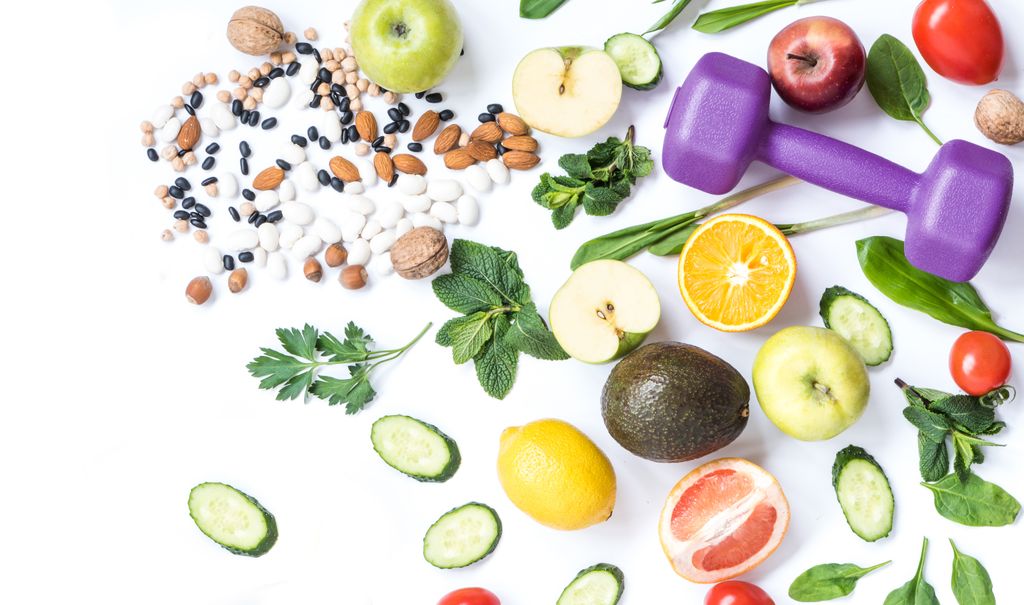Flexibility and joint pain are common issues during menopause. And according to fitness and nutrition expert Zana Morris, the decline in oestrogen and testosterone levels, coupled with age-related sarcopenia (which is muscle loss to you and me) and increased stress are to blame. “These factors will all lead to weaker muscles, poor flexibility and of course aching joints,” Zana explains to HELLO!
The good news is, there are simple things we can do everyday to help minimise achy joints and to keep our bodies moving more flexibly during menopause. However Zana, who is also the founder of Strong Nutrients says that we need to make simple stretching and certain exercises part of our routine throughout the day, rather than expect that one stretch in the morning to make all the aches and pains go away!
“Given that we have approximately 650 skeletal muscles in our bodies, no single exercise or stretch will help,” Zana explains. “Stretching can help reduce the muscle tightness that can pull at joints, and strength training is essential to strengthen the muscles to keep that pressure off.”
For hip and knee pain, Zana suggests stretching your quads, the larger muscles at the front of your legs. “Tight quads can pull on both knees and hips, which are areas often prone to issues during menopause,” she explains. “Tight quads also result in poor posture and indirectly can lead to neck issues too. “

Zana Norris is a nutritionist, trainer and author of The High Fat Diet
Zana recommends incorporating a simple quad stretch into your routine, along with squats to strengthen the muscles in the legs, glutes, and lower back. By targeting multiple muscle groups, these exercises can help alleviate tension and improve overall joint health.
For a simple quad stretch, Zana suggests using a chair to balance, while you stand on one leg, grab your ankle or foot of the other, then hold the knees in line with each other and pull the foot as close to your glutes (your bum) as you can. Then, keeping your body upright, gently pull the foot up and back away from the body, as if trying to straighten the leg.
When it comes to using nutrition to improve joint pain and flexibility, Zana highlights the importance of incorporating calcium-rich protein foods like yoghurt and cheese, along with magnesium-rich sources such as nuts and leafy greens, to support hormone balance and bone health. She also suggests Increasing your protein intake too. “Sarcopenia – the loss of muscle as we age – accelerates at this time, leading to weak muscles and aching joints,” Zana explains. “Protein is the only food group that helps protect and recovers this lean body mass.”
READ: I went through early menopause – now I help other women through it
 © Poberezhna
© Poberezhna
Zana emphasises the importance of diet for keeping joints healthy and flexible during menopause
Zana cannot stress the importance of taking a daily magnesium supplement to help flexibility issues too. “Magnesium is involved in over 600 processes in the body including, reducing cortisol, helping the body absorb calcium and excrete used oestrogen. Which means in plain English that if you take it, you sleep better, relax better, help protect your bone density and your heart, and hot flashes can reduce or even stop for some, and as a bonus it’s easier to lose belly fat.”
Finally, Zana says you must prioritize weight training to keep your body supple. “It is essential to stimulate your muscle into repair and rebuildm to not only protect your shape but also your strength, which will support your back and joints, and even improve bone density.”
>>> Read full article>>>
Copyright for syndicated content belongs to the linked Source : HelloMagazine – https://www.hellomagazine.com/healthandbeauty/health-and-fitness/518499/im-a-fitness-and-nutrition-expert-heres-how-to-help-joint-pain-during-menopause/































